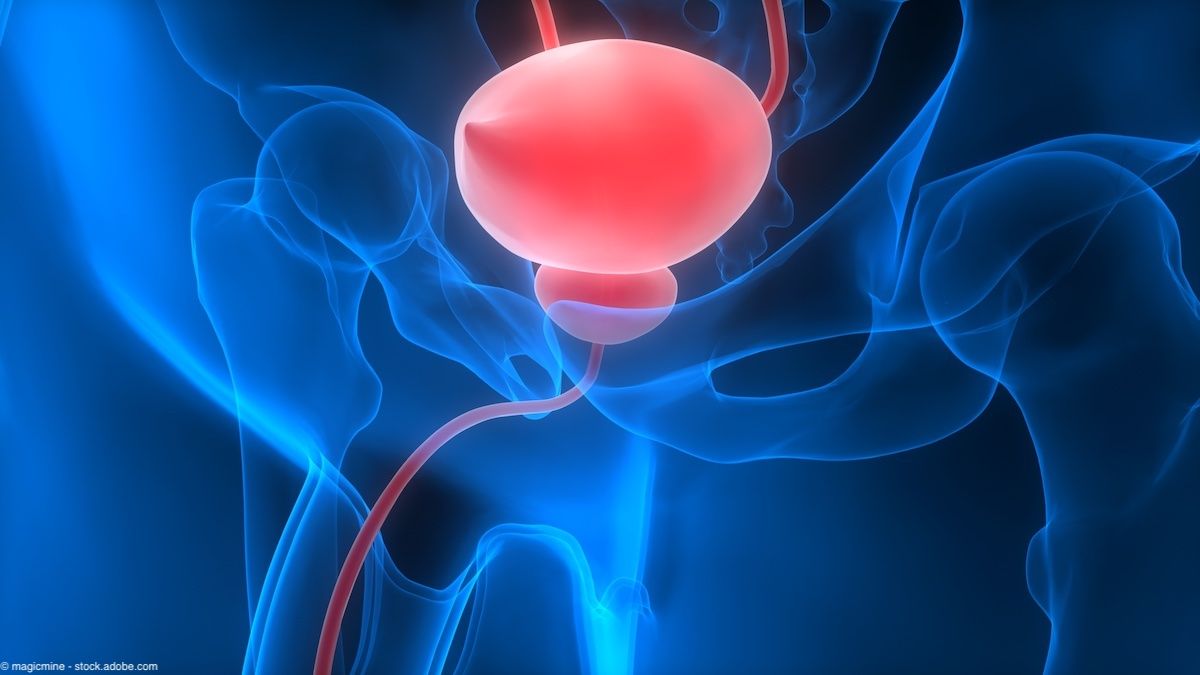Article
Use of dextranomer/hyaluronic acid copolymer (Deflux) for vesicoureteral reflux rising; long-term results vary
Use of Dx/HA (Deflux) for the treatment of vesicoureteral reflux (VUR) in children increased rapidly after it gained FDA approval. Despite high rates of utilization and positive early findings, more recent reports are raising questions about long-term outcomes and prompting further research.

For one study, a 12-question survey was sent to the 476 members of the Society for Pediatric Urology and was completed at least in part by 133 physicians. About one-fourth of the respondents indicated they used Dx/HA copolymer as first-line therapy for grade III or higher VUR, while 32% stated it depended on the scenario; based on written comments, parental preference was the most common determining factor.
The majority of respondents (55%) indicated they would use Dx/HA in the presence of renal scarring. For a child who presented with reflux, 82% of respondents indicated they would first try observation with or without chemoprophylaxis before using Dx/HA, and a similar proportion said they would continue observation with or without chemoprophylaxis rather than move on to Dx/HA once the child reached an age considered appropriate for surgery, reported first author Gina Cambareri, MD, a urology resident at the University of Medicine and Dentistry of New Jersey-New Jersey Medical School, Newark, working with Jeffrey Stock, MD, and co-authors.
Ultrasound was performed by 87% of the respondents for routine follow-up imaging, and two-thirds reported ordering voiding cystourethrogram (VCUG) routinely.
"Only 4.8% of the clinicians performed VCUG at 1 year, which was interesting considering the paper by Lee et al showing a low efficacy rate based on VCUG at 1 year," Dr. Cambareri said.





